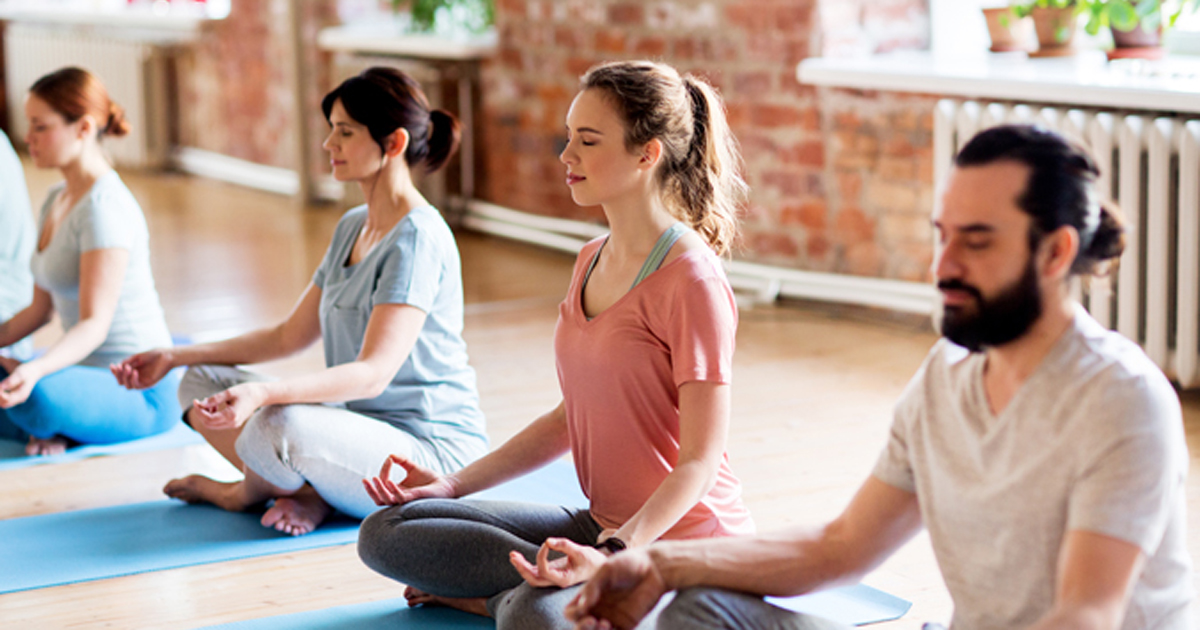Yoga benefits patients with depression
In a CME article published by Psychiatric Annals, researchers discussed the growing evidence supporting yoga as a beneficial add-on treatment for depression and how mental health practitioners can encourage patients to give it a try.
Results from a 2017 systematic review of randomized controlled trials (RCTs) investigating yoga for patients with major depression indicated that yoga was comparable to both exercise and medication in decreasing unipolar depressive symptoms. In another study — in which researchers compared a twice-weekly yoga intervention with a waitlist control for 12 weeks — yoga outperformed the control condition in reducing depressive symptoms.
“The results of these recent RCTs bolster earlier reviews promoting yoga’s promise for reducing depression symptoms among participants both taking and not taking antidepressant medication,” Maren Nyer, PhD, from the depression clinical and research program, Massachusetts General Hospital, and colleagues wrote. “However, these findings are preliminary and require replication in larger, definitive RCTs. Nevertheless, if a patient is interested in adding yoga to their treatment, there is presently enough evidence to encourage their participation.”
Most RCTs evaluating yoga as a treatment for depression allowed for use of antidepressants, so the question of monotherapy vs. adjunctive treatment warrants more research. Some evidence also supports yoga as a means of reducing stress, increasing thalamic levels of gamma-aminobutyric acid, improving mood and anxiety, and decreasing inflammatory markers, according to Nyer and colleagues.

Although there is a lack of research comparing different styles of yoga practice for depression, findings from exercise studies have shown that enjoying physical activity is a strong predictor of continued physical activity, Nyer and colleague wrote. Therefore, they recommend clinicians encourage patients to try different styles of yoga until they find something they like to increase long-term maintenance of a yoga practice.
“An understanding and discussion of styles of yoga with your patient could be useful to set expectations and provide guidance,” Nyer and colleagues explained.
“Styles of yoga vary in (1) physical intensity or rigor, (2) temperature of the room, (3) spiritual versus physical emphasis (which may have implications if patients have strong religious beliefs or philosophical leanings), and (4) focus on the breath (pranayama), the physical postures (asana), and/or meditation/mindfulness practice,” they continued. “Speaking with your patient to ascertain their goals and encouraging them to think through these various continuums might be useful for setting them up for success.” – by Savannah Demko
Disclosure: The authors report no relevant financial disclosures.
